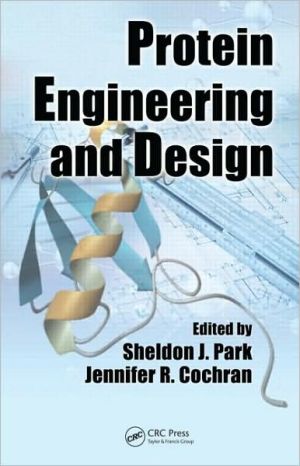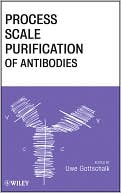Bioreaction Engineering Principles
Integrating recent research on the physiology and modelling of bioreactions and bioreactors, the authors present a comprehensive, unified introduction to the principles and practices of the field. The work features nearly 100 detailed design examples and problems, many of which are suitable for hands-on demonstrations on a personal computer or for expanded research. The text will serve as a highly instructive guide for students in bioengineering and biotechnology, as well as biochemical,...
Search in google:
The authors (affiliated with BioCentrum-DTU, Denmark and Lund U., Sweden) present the new edition of a textbook that aims to explain the proper analysis of bioreactions in order to change outcomes. They focus on the operation of the cell factory and the interaction of the cell factories with each other and the environment imposed via operation of the bioreactor. Chapters cover the thermodynamics of biochemical reactions, biochemical reaction networks, enzyme kinetics and metabolic control analysis, modeling of growth kinetics, population balance equations, design of fermentation process, mass transfer, and scale-up of bioprocesses. The material should be understandable to most students with a background in chemical engineering. Annotation (c)2003 Book News, Inc., Portland, OR
\ \ \ List of Examples\ \ \ \ \ List of Problems\ \ \ \ \ List of Symbols\ \ \ \ Ch. 1\ Introduction\ 1\ \ \ Ch. 2\ Cellular Growth Reactions\ 7\ \ \ Ch. 3\ Analysis of Reaction Rates\ 97\ \ \ Ch. 4\ Modeling of Reaction Kinetics\ 163\ \ \ Ch. 5\ Morphologically Structured Models\ 229\ \ \ Ch. 6\ Population Balances Based on Cell Number\ 271\ \ \ Ch. 7\ Mass Transfer\ 295\ \ \ Ch. 8\ Ideal Bioreactors\ 343\ \ \ Ch. 9\ Bioreactor Modeling\ 415\ \ \ \ Index\ 441\ \
\ BooknewsA textbook that presents a unified treatment of the principles of bioreaction engineering, based on mathematical modeling but with respect for the complexity of microbial reactions. Following an introduction, are chapters devoted to cellular growth reactions, analysis of reaction rates, modeling of reaction kinetics, morphologically structured models, population balances based on cell number, mass transfer, ideal bioreactors, and bioreactor modeling. Annotation c. Book News, Inc., Portland, OR (booknews.com)\ \








